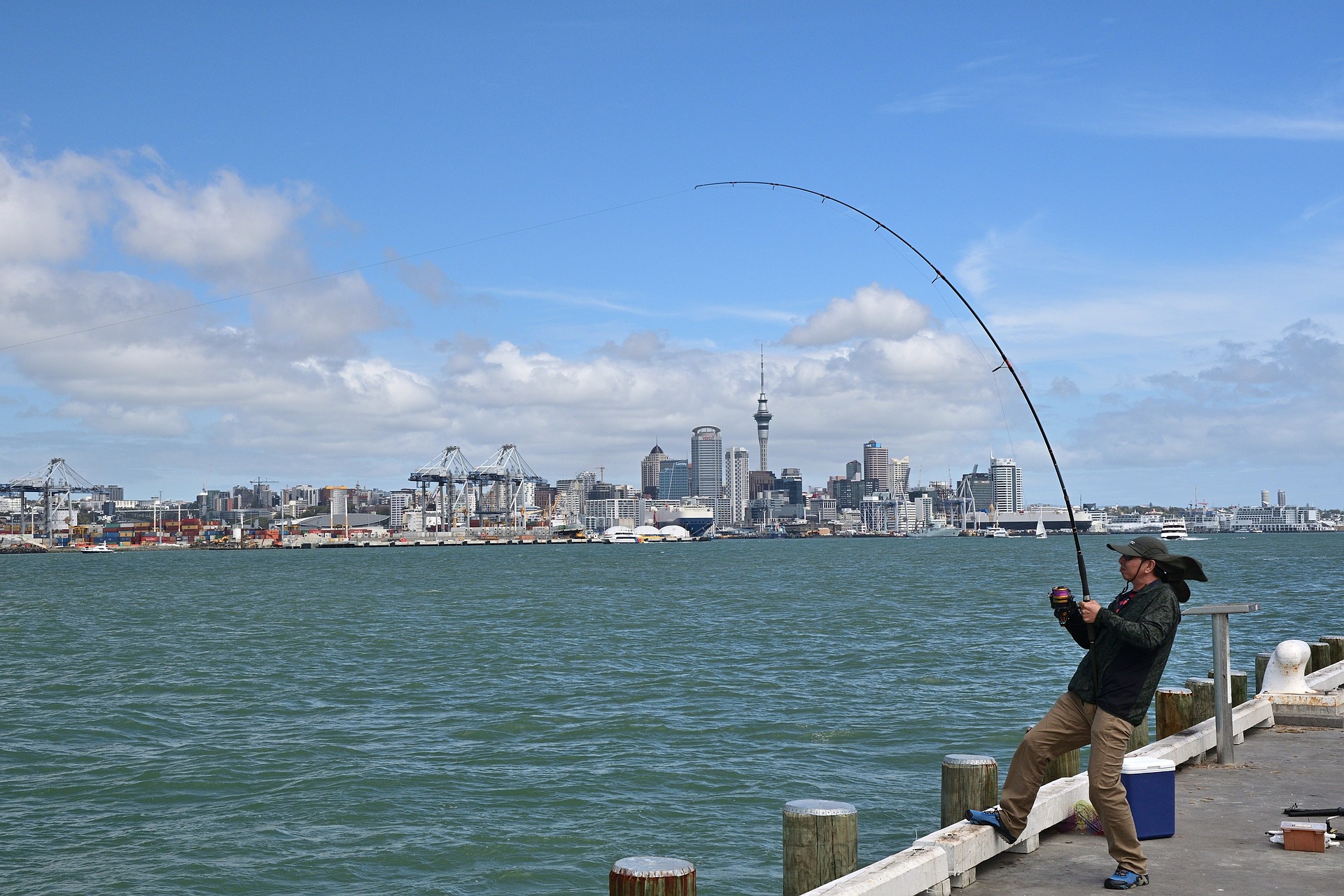
Whitianga – Climate change could have a significant impact on New Zealand’s fishery yields.
By far the majority of New Zealand’s fish stocks are performing well but John Dory has been declining since the 1980s. In most fisheries they are unable to catch their quota annually.
Aotearoa’s fish and invertebrate species threatened with or at risk of extinction include culturally significant and taonga species are:
- four of the five whitebait species (shortjaw kōkopu, giant kōkopu, kōaro, and īnanga)
- lamprey (kanakana/piharau)
- longfin eel (tuna)
- Stokell’s smelt
Environmental, iwi and recreational fishing interests in the Hauraki Gulf support the government’s decision to close the Coromandel scallop fishery indefinitely.
Fisheries NZ says as of December 2022, 95.1 percent of assessed stocks were above the hard limit which a biomass level below stock deemed to be collapsed and fishery closures should be considered to rebuild the stock at the fastest possible rate.
A total of 86.8 percent of stock was above the soft limit, which is the biomass level below which a stock is deemed to be overfished or depleted, and needs to be actively rebuilt using a formal, time constrained rebuilding plan
Also, 76.2 percent were above their management targets and 91 percent were at or below the overfishing threshold. Fisheries New Zealand evaluates 401 stocks, sub-stocks, species, or species complexes, that are mostly in the quota management system (QMS).
There are currently 642 fish stocks around Aotearoa representing 98 species or species complexes in the QMS. Of these, 290 stocks are considered to be nominal stocks, which are species-area combinations that do not have a demonstrated significant commercial or non-commercial potential.
The latest Intergovernmental Panel on Climate Change report shows fisheries yields are expected to drop as ocean water warms around Australia
The Australian Fisheries Management Authority says its preparing for future changes to the environment A marine expert says Australia is at the crossroads.
The Intergovernmental Panel on Climate Change’s most recent report shows fisheries yields in Australia will fall by between 3 and 10 per cent if average global temperatures increase by 0.9 to 2.0 degrees Celsius above pre-industrial levels.
The report warned that if the warming of the planet continued uncontrolled and average temperatures rose by between 2.4C and 5.2C, yields could fall by up to 30 per cent.
Australian Institute of Marine Science principal researcher Mark Meekan says Australia’s fisheries industry is fragile and even keeping warming to 1.5C will see a significant drop.
Much of the Asia-Pacific region including around Indonesia and the Pacific Islands could also see fisheries stock fall, according to the IPCC report. Australian Marine Conservation Society says their fisheries were already feeling the effects of a warming planet.

